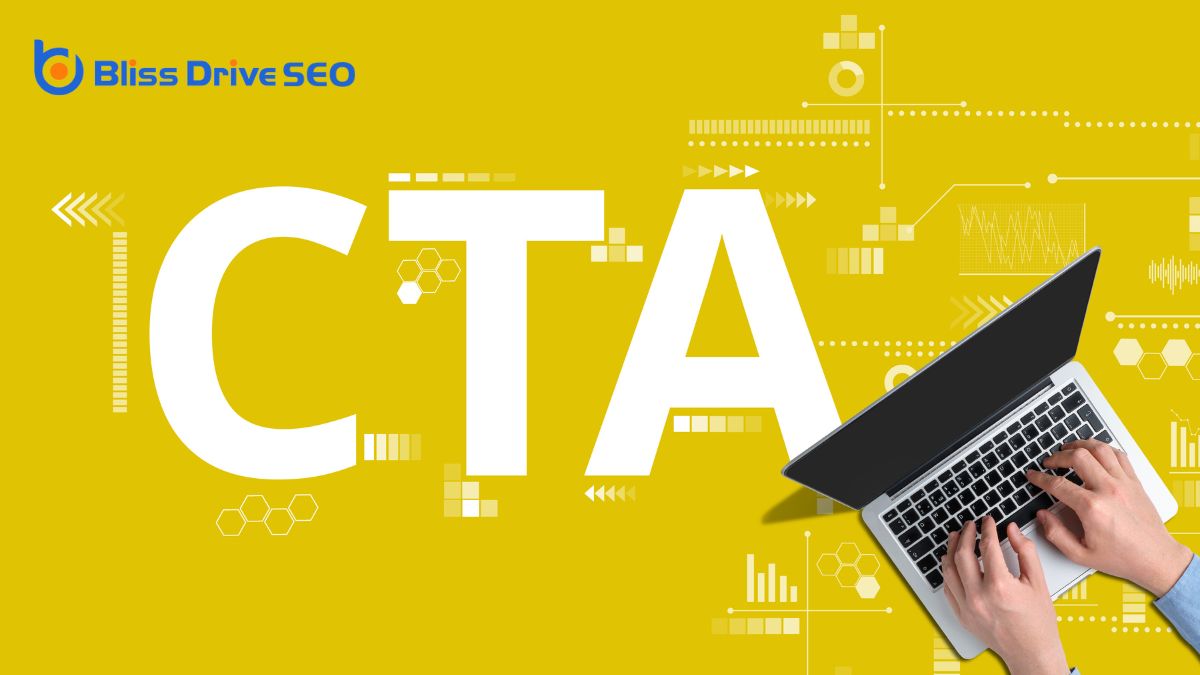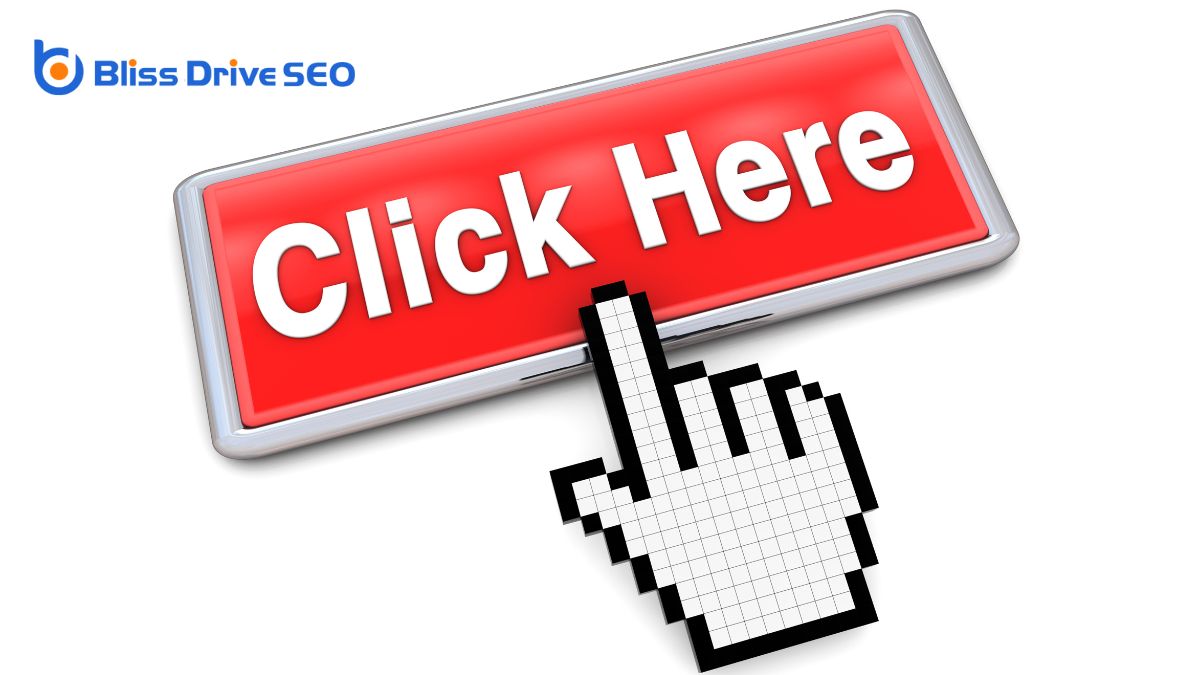Learn More About Us

When you're looking to boost CTA conversionThe completion of a desired action by a referred user, such as making a purchase or filling out a fo... rates, focusing on personalized CTAsCalls to action that are customized based on user behavior, preferences, or demographics., strategic placement, and A/B testingA method of comparing two versions of a web page or app against each other to determine which one pe... can make all the difference. Personalized CTAs, tailored to user behavior, outperform generic ones by a large margin. Strategic placement, such as embedding CTAs within content or using pop-ups, can drive more engagementThe interactions that users have with a brand’s content on social media.. A/B testing is essential for refining these elements based on actual user interactions. But what about the finer details, like CTA button color or optimizing for mobile? These aspects play an important role as well. Let's explore how each of these strategies can elevate your conversion rates effectively.

When it comes to boosting your email CTA conversion rates, optimizing these call-to-actions is crucial.
First, let's consider the power of the CTA button. Studies reveal that red CTA buttons consistently outperform green ones, likely due to their attention-grabbing nature. So, if you're looking to increase your CTR, switching to red could be a simple yet effective change.
Another essential factor is the email field. You might think including an email field in your CTA is necessary, but research shows that removing it can leadA potential customer referred by an affiliate who has shown interest in the product or service but h... to a 25.5% increase in clicks. This makes your CTAs more user-friendly and less burdensome, improving overall conversion rates.
You should also tailor your CTAs to align with the buyer's journey. Although personalized CTAs perform 202% better, it's crucial to make sure that your CTAs are relevant to where your audience is in their journey. This alignment not only boosts engagement but also nurtures your leads more effectively.
Lastly, remember the benchmark: over 40% of email CTAs achieve a CTR of 3-5%. Aim for this range by continuously testing and tweaking your CTAs. This consistent evaluation will help you understand what works best and drive higher conversions.
Boosting email CTA conversion rates is just one piece of the puzzle. To truly enhance your conversion rates, you need to leverage personalized CTAs. According to a HubSpot study analyzing 330,000 CTAs, personalized CTAs perform remarkably 202% better than their non-personalized counterparts. Why? Because they align seamlessly with the buyer's journey, offering tailored CTAs that resonate more deeply with individual visitors.
By understanding user behavior, you can craft personalized CTAs that speak directly to the needs and preferences of your audience. HubSpot's tools make it easier to tailor CTAs based on specific user actions and data, allowing you to create a more engaging and effective user experience. When your CTAs feel relevant and personalized, engagement naturally increases, which helps drive conversions.
For instance, a visitor who's just discovered your brand might respond better to a CTA offering more educational content, whereas a returning customer might be more interested in a special discount.
To boost visibility and engagement, encourage customers to share their purchases on social media by adding a CTA button post-purchase. This simple step can make them 16 times more likely to spread the word. Including these CTAs amplifies your brand's reach and enhances audience engagement.
After a customer completes a purchase, encouraging them to share their experience on social media can significantly magnify your brand's reach. By adding a post-purchase CTA button, you make it 16 times more likely that customers will share on social media. This simple addition can notably boost your brand visibility and user engagementThe level of interaction and involvement users have with social media content..
A Digital Oasis study found that CTAs for social media sharing can elevate your brand's social media presence and are an effective marketing strategy.
When you prompt customers to share on social media, you're not just increasing your digital footprint; you're also leveraging user-generated content. This authentic content can attract new customers and build trust in your brand. Including a well-placed CTA button in your post-purchase communication encourages customers to share their positive experiences, effectively turning them into brand ambassadors.
Incorporating social media sharing as part of your digital marketing strategy can provide a remarkable lift in user engagement. It's a straightforward yet potent way to enhance your marketing efforts. So, don't miss out—make social media sharing an integral part of your post-purchase experience to maximize your brand's potential.
Encouraging customers to share their purchase experiences on social media is only the beginning. By strategically placing CTA buttons post-purchase, you can greatly boost visibility. Studies reveal that these buttons make customers 16 times more likely to share content on social media, which, in turn, enhances brand exposure.
When you leverage CTAs to encourage social sharing, you're not just increasing shares; you're also expanding your reach. This approach leads to increased brand awarenessThe extent to which consumers are familiar with the qualities or image of a particular brand. and engagement, essential elements for growing your business. According to Digital Oasis research, the impact of CTAs on boosting social media visibility is profound.
To maximize the benefits, ensure your CTAs on social media are clear and compelling. A simple prompt like "Share your experience" or "Tell your friends" can go a long way. When customers share their positive experiences, it acts as free marketing, drawing in new potential customers.
Incorporate these strategies, and you'll see a noticeable improvement in your CTA conversion rates. With each share, your brand's visibility grows, leading to a broader reach and a more robust online presence. Remember, effective CTAs make all the difference in increasing your brand's social media footprint.
When selecting a color for your CTA button, keep in mind that red consistently outperforms green in conversion rates, as per a CXL study.
This is because red is more attention-grabbing, an important factor in color psychology. Trying out various colors, particularly red, can greatly enhance user engagement and click-through rates.
Although often underrated, the color of your CTA button can significantly impact conversion rates due to color psychology. Understanding the psychology behind color choices helps you make informed decisions that drive user behavior. For instance, red is often associated with urgency and excitement, making it an attention-grabbing CTA option that compels users to take action.
To maximize the color psychology impact of your CTA button, consider these key points:
In the ongoing debate between red and green CTA buttons, evidence strongly favors red for driving higher conversion rates. Studies like the one conducted by CXL consistently show that red CTAs outperform green CTAs. This isn't just a fluke; it's rooted in color psychology. Red is often associated with urgency and action, compelling users to click more readily than green, which suggests calmness and safety.
When you're aiming to boost conversions, consider how color psychology affects user behavior. Users are more likely to notice and respond to red CTAs because the color stands out and commands attention. Visual hierarchy also plays a role here. A red button can effectively disrupt the visual flow of a page, drawing the eye more powerfully than a green one.
Data suggests that if you want to optimize your conversion rates, opting for red CTAs is the more effective choice. Remember, it's not just about making your buttons look good; it's about influencing user behavior. By understanding the color impact and leveraging it, you can create CTAs that aren't only visually striking but also highly effective in driving user action.

Strategically positioning your CTA buttons can significantly enhance your conversion rates, sometimes even by as much as 304%, as demonstrated by Michael Aagaard's experiment. Proper CTA button placement, especially below the fold, is essential for maximizing conversions. Studies reveal that CTA engagement is generally lower at the top of the page, highlighting the importance of strategic placement.
To make the most out of your CTAs, consider the following:
Crafting compelling CTA copy is vital for boosting conversion rates, and even small changes can make a substantial difference. Start by shifting from sales-driven to customer-centric language. For example, PartnerStack saw a 111.55% conversion rateThe percentage of visitors who complete a desired action, such as making a purchase or filling out a... increase by doing just that. Your CTA copy should focus on the user's needs and emotions, ensuring it resonates with your audience. This audience resonance can be the key to turning visitors into customers.
A/B testing different CTA variations is pivotal. This method allows you to compare various versions and determine the most effective wording. You might be surprised at how a slight tweak can lead to a significant conversion rate increase. Remember, the goal of copy optimization is to find the phrasing that best guides users towards the desired actions.
Effective wording is crucial. Instead of generic phrases like "Click Here," use more specific and engaging language that reflects what the user will gain, such as "Get Your Free Trial" or "Discover More Benefits." By tailoring your CTAs to be customer-centric and testing different variations, you'll enhance their effectiveness and drive higher conversion rates.
Recognizing the shift in how users access content, optimizing your CTAs for mobile devices is pivotal. With 46% of emails being opened on mobile devices, it's evident that mobile-friendly CTAs can't be overlooked. To enhance CTA conversion rates, you must prioritize mobile optimizationDesigning and formatting web content to ensure it performs well on mobile devices., guaranteeing your CTAs are effective across various screen sizes.
Responsive designA web design approach that makes web pages render well on a variety of devices and window or screen ... is your first step. This approach allows your CTAs to adjust seamlessly to different devices, providing mobile users with a consistent experience. When CTAs look and function well on any screen, users are more likely to engage.
Here are three essential tips for mobile optimization:
A/B testing CTAs is a powerful strategy to pinpoint the most effective call-to-action elements for your audience. By experimenting with different variations of call-to-action buttons, you can measure the performance of various CTA components like copy, color, placement, and design. This method allows you to gather performance data that are essential for understanding what drives higher click-through rates and conversion metrics.
When you analyze the click-through rates and conversion metrics from your A/B tests, you gain valuable insights. This data helps you make informed, data-driven decisions to optimize your CTAs. For instance, you might discover that a specific color or wording greatly boosts engagement. By comparing different CTA versions, you can identify which elements resonate most with your audience.
Continuous A/B testing is key for ongoing refinement. The digital landscape is always changing, and so are consumer behaviors. Regularly updating and testing your CTAs based on real-time performance data ensures that they remain effective over time.
Essentially, A/B testing isn't a one-time task but a continuous process that helps you maintain and enhance your conversion rates consistently.
How can the placement of a CTA affect its conversion rate?
The placement of a CTA can significantly impact its visibility and effectiveness. To enhance conversion rates:
What role does CTA button design play in improving conversion rates?
The design of a CTA button includes its color, size, shape, and typography, all of which can affect user engagement and click-through rates. For effective CTA design:
How can optimizing the wording of a CTA lead to higher conversions?
The wording of a CTA can directly influence a user’s decision to click. To optimize your CTA text:
What testing strategies can be employed to refine CTA effectiveness?
A/B testing is a crucial strategy for refining CTA effectiveness. This involves creating two versions of your CTA that differ in one key aspect—such as color, placement, or wording—and then testing these versions to see which one performs better. Continuously testing and adjusting based on results can help you fine-tune your approach to maximize conversion rates. Also, consider using multivariate testingTesting multiple variables simultaneously to determine the best combination of elements on a webpage... if you wish to test multiple elements simultaneously.
To boost your CTA conversion rates, focus on crafting personalized CTAs that align with user behavior and preferences. Strategically place these CTAs within your content, like at the end of blog posts or through well-timed pop-ups. Don't forget the power of A/B testing to refine your approach based on real user interactions. By continuously optimizing placement, design, and copy, you'll create compelling CTAs that drive higher engagement and conversions.
